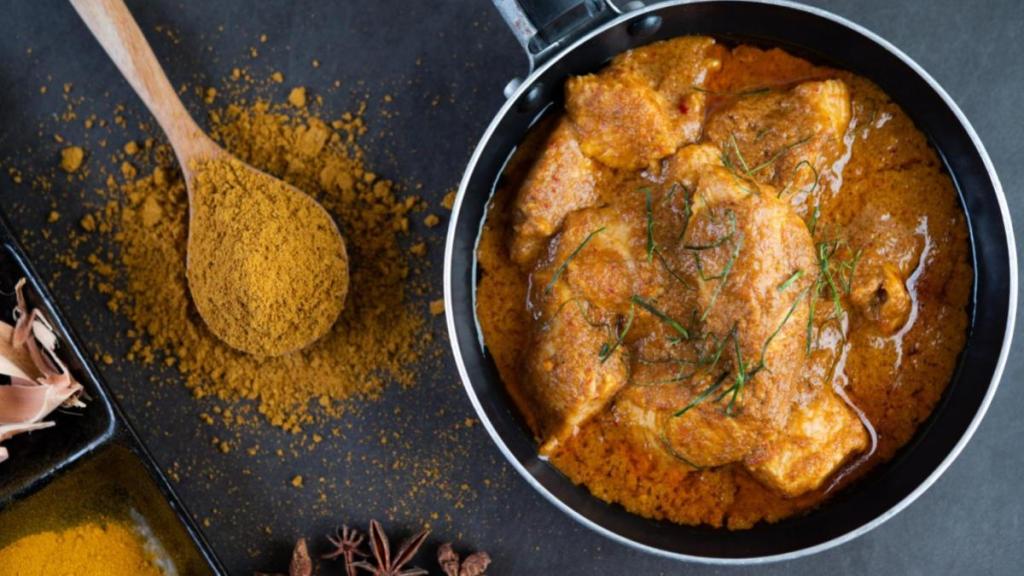Unlike how most perceive, the average cost of home-cooked chicken thali continued to cost less than the vegetarian thali in the month of April. If you like the taste of chicken more than that of daal, you have paid less in the previous month due to lower poultry prices, and also because of the uptick in prices of onion, potato and tomato, said Crisil’s monthly indicator of food plate cost – The Roti Rice Rate.
The average cost of preparing a thali at home is calculated based on input prices prevailing in north, south, east and west India. The monthly change reflects the impact on the common man’s expenditure. The data also reveals the ingredients (cereals, pulses, broilers, vegetables, spices, edible oil and cooking gas) driving the change in the cost of the thali.
As per CRISIL MI&A Research estimates, the cost of home-cooked non-veg thali declined by 4 per cent in April, while that of veg thali became dearer by 8 per cent on-year during the same month. The cost of non-veg thali declined due to approximately 12 per cent on-year decline in broiler prices on a high base of last fiscal. Broiler poultry accounts for 50 per cent of the non-vegetarian thali cost.
Meanwhile, the price of veg thali increased due to a surge of 41 per cent in prices of onion, 40 per cent in tomato and 38 per cent in potato, on a low base of last fiscal. Lower onion arrivals due to a significant drop in rabi acreage and damage to potato crop in West Bengal led to the price increase, said Crisil. Further, prices of rice, which accounts for 13 per cent of the veg thali cost, and pulses, which accounts for 9 per cent of the cost, increased by 14 per cent and 20 per cent on-year, respectively.
Meanwhile, prices of cumin, chilli and vegetable oil declined by 40 per cent, 31 per cent and 10 per cent respectively, preventing further increase in the thali cost.
Furthermore, on a month-on-month basis, the cost of veg thali remained stable while the non-veg thali prices rose by 3 per cent. Veg thali remained flat on-month due to a decline of 4 per cent in the prices of onion amid new arrivals coupled with 3 per cent decline in fuel cost, while tomato and potato prices inched up.
The cost of non-veg thali, however, increase due to an estimated 4 per cent increase in prices of broilers due to higher demand and rising input costs.
Pushan Sharma, Director- Research, CRISIL Market Intelligence and Analytics, said, “Since November 2023, the prices of vegetarian and non-vegetarian thalis have been diverging. The vegetarian thali has become costlier on-year, while the non-vegetarian thali is cheaper. This is mainly because of declining broiler prices, while the prices of vegetables such as onions, potatoes and tomatoes have risen on a low base. Going ahead, we expect vegetable prices to remain firm, though an anticipated decline in the prices of wheat and pulses would provide some respite.”
During the previous month, that is March, the cost of non-veg thali had declined by 7 per cent, while that of veg thali had become dearer by 7 per cent.


